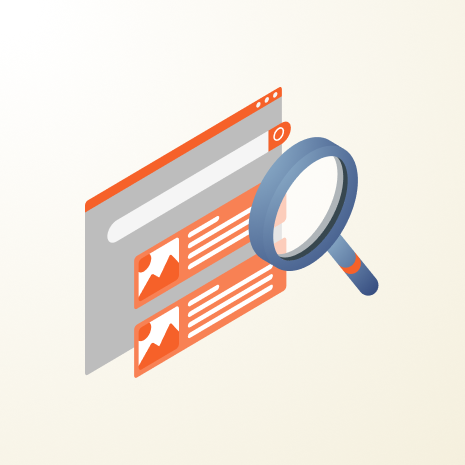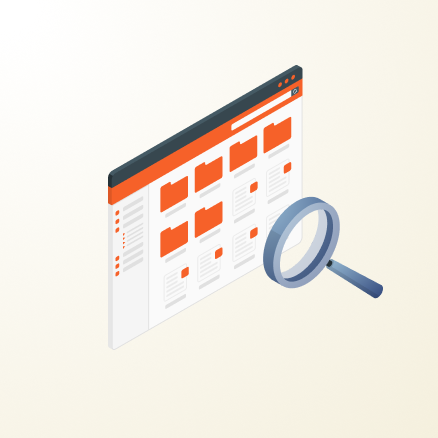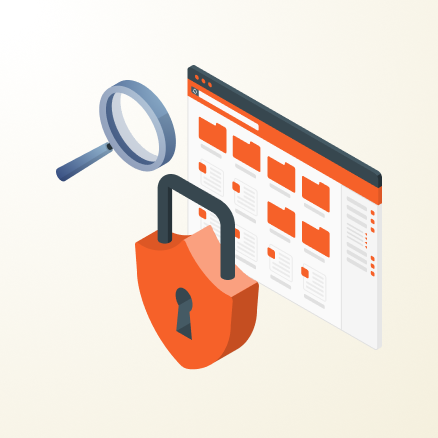Quality Assurance
HOW TO QA A WEBSITE: OVERVIEW, TOOLS, AND BEST PRACTICES
Posted By On the fuze, Jan 11, 2021 08:24:50 PM

Stay updated on all things HubSpot automation, website development and design by following our blog posts.
Does your agency have clients whose websites have high bounce rates? Whether the websites you helped build are e-commerce sites, affiliate sites, or HTML sites, when visitors spot errors, they'll hastily hit the back button, never to return again.
According to studies, the majority of website visitors (67 percent) cite bad experiences as the main reason for bouncing. These bad experiences can occur due to different issues, such as slow page load times, poor quality backlinks, broken pages, misleading title tags and/or Meta descriptions, technical errors, bad or obnoxious UX, etc.
Since errors are bound to happen, there are ways to ensure that they are caught early enough before they become costly to fix. According to the Systems Sciences Institute at IBM, the cost of fixing an error in the maintenance phase is 100 percent costlier than one that's discovered during design. You can help your clients avoid that obnoxiously high cost by having their websites undergo Quality Assurance (QA) testing.
In this article, we've given an overview of what website QA is, what the QA process entails, the types of QA tools used, and what to look for in a QA person. Let's get to it, shall we?
What is website QA?

Website QA is an evaluation process that examines a website to unearth any potential bugs and flaws that might have been overlooked during development and design.
During this process, aspects such as website security, functionality, and accessibility are checked. The QA process takes place before a website is made life and accessible to the general public.
So, why is website QA testing important? This is a crucial step in the website development lifecycle as it ensures that the end-users get a fast, bug-free, secure, and seamless experience when interacting with a website. When a website runs efficiently, the chances of its usage tend to increase, ensuring great business revenues.
What does the QA process entail?
Website QA is a rigorous process that involves five types of testing, some of which are fairly simple and some that are pretty technical. They include:
1. Functionality Testing
Functionality testing is performed to assess whether each feature on a website functions as intended. The website elements that undergo functionality testing include:
- Links: These include outbound links, internal links, anchor links, MailTo links, etc.
- Forms: All forms are formatted for better readability.
- Cookies: These are small files that websites use to retain information about active user sessions so that users don't need to log in every time they visit a website.
- HTML and CSS: HTML gives the structure of the website, while CSS gives the visual layout of the website. Testing is done to check for syntax errors and to ensure that standard compliance is met.
QA tools used for functional testing include test IO, Digivante, QTP, IBM Rational, Selenium, and TimeShiftX, among others.
2. Usability Testing
This type of testing aims to assess how easy a website is to use. During the testing process, a small group of people randomly chosen to participate in the exercise, completes typical tasks while observers watch, listen, and make notes.
The objective of usability testing is to unearth any usability issues and gather quantitative and qualitative data to establish the participant's satisfaction with the website. This process concentrates on the following aspects of a website:
User-friendliness: Website controls should be self-explanatory. The website should also provide a "help" section that helps users understand the website.
Accessibility: The website should be easy to navigate. There should be an option to search within the website to help users reach the desired webpage. Also, there should be no broken links.
Attractiveness: Elements such as icons, colors, images, and videos serve an aesthetic purpose, making a website more attractive. Color is also known to increase brand recognition and nudge website visitors to take the desired action.
There are various usability testing tools that you can use during this process, including UserFeel, Optimizely, Crazy Egg, Qualaroo, and Usabilla.
3. Interface Testing
This is a type of website QA testing that is done to determine the quality of software products. It aims to establish whether there's proper communication or interaction between two different software systems.
Interface testing also helps you establish whether the in-built solutions can handle any kind of failures between the website and the server. Some of the QA tools used for this exercise include Ranorex, AlertFox, FitNesse, and CubicTest, among others.
4. Performance Testing
Performance testing is conducted to evaluate the scalability and stability of a website under different load conditions. It's conducted to assess the website's performance under different conditions, including:
- Normal conditions.
- Stressful conditions.
- When multiple users access it simultaneously.
- When under variegated internet speeds.
- When used beyond limits.
QA testing tools that you can use for the performance testing process include WebLoad, LoadView, StressStimulus, Apache JMeter, and Rational Performance Tester.
5. Database Testing
This process seeks to establish the quality, accuracy, and security of the data that the website stores in or retrieves from the database. The test checks whether any errors will occur when users execute queries.
Database testing also evaluates the response times of different queries and allows website developers to modify them if necessary. Some of the popular website QA tools for database testing include DB Test Driven, Database Rider, Database Benchmark, etc.
6. Security Testing

This is a sub-type of website QA testing that uncovers threats, risks, and vulnerabilities in a website. This process aims to prevent hackers and cybercriminals from infiltrating websites and launching attacks on them.
After identifying vulnerabilities and loopholes within the system, both website developers and security professionals patch them up to boost website security. Furthermore, security testing aims to establish whether compliance regulations are met.
Some of the best website QA tools for security testing include SQLMap, Wfuzz, Zed Attack Proxy, Iron Wasp, and SonarQube.
What to look for in a QA specialist?
Now that you understand what the QA process is like, you're ready to hire a website QA person. You don't want just any person, but the most qualified and experienced QA professional to complete this crucial process.
The reason why you need a competent QA specialist is simple: if QA isn't done properly, errors that are very costly to fix will certainly occur. These costs include long working hours, lost productivity, and profit loss, all of which can negatively affect your client's marketing ROI. Should your clients experience costly errors in the future, they'll have you to blame. Your agency cannot afford to have a bad reputation.
To ensure that your clients won't experience costly errors in future, you should ensure that the QA specialist you bring on board has what it takes to deliver the best outcomes. The following are the key attributes to look for when choosing a website QA specialist:
- Knowledge of various QA testing techniques
- Programming skills
- Excellent communication skills (written and verbal)
- Good knowledge about the website being tested
If you'd rather your team spend their time on strategy and growth and not get bogged down in the execution of website development and the QA process, let’s have a conversation to see how we can help. On The Fuze has a highly skilled and experienced development team and QA specialists who'll be happy to do the heavy lifting so your team can focus on what they do best!
Contact us today to schedule a time to talk to us.
Related Post

